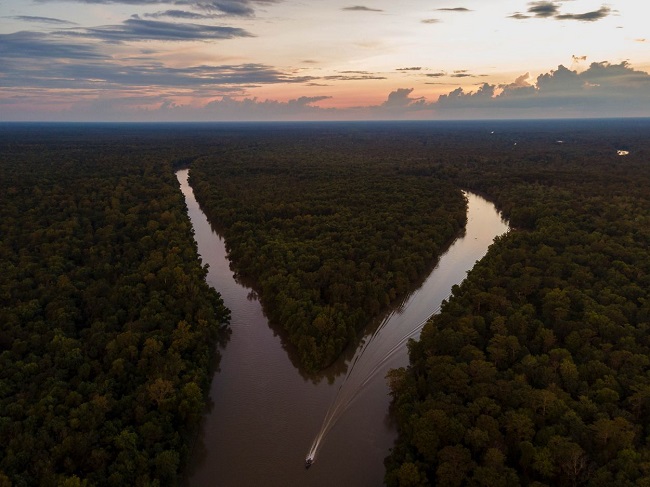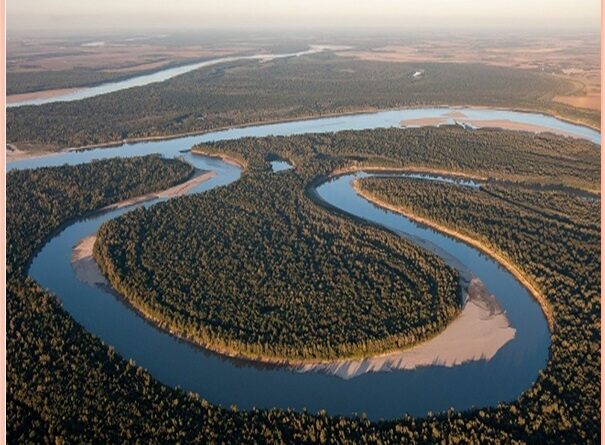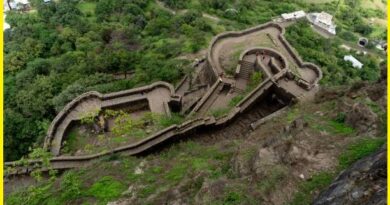The Mississippi River delta-A Famous Wetland systems and Geotourism
Mississippi River delta
The Mississippi River Delta is a large area of land that is located in the Louisiana, United States of America. The delta is made up of many different types of land, including wetlands, marshes, and estuaries. The delta is important because it is a major source of water for many cities in the United States and also helps to control the flow of water in the Mississippi River. The Mississippi River delta is made up of several different islands, and it is a major shipping area. The delta is also rich in many different types of wildlife, including deer, alligators, and birds with natural resources, including oil and natural gas.

Mississippi River headwaters
The Mississippi River begins in the Rocky Mountains of western North America. It flows south for 2,150 miles before emptying into the Gulf of Mexico. Along the way, it forms the headwaters of the Missouri and Yazoo Rivers. The Mississippi River Delta is a vast area of wetlands and mudflats.
Geological History
The formation of the Mississippi River Delta can be traced back to the late Cretaceous Period approximately 100 million years ago. The modern-day Mississippi River Delta began to evolve during the Holocene Epoch around 7,500 to 8,000 years ago due to the sea level rise and the natural shifting of the river’s course every 1,000–1,500 years.
Louisiana is located on the Gulf of Mexico on the Gulf coastal plain. The sediments that form contemporary Louisiana eroded from uplands far to the northwest (Rocky Mountains) and northeast (Appalachian Mountains), being carried here primarily by the Mississippi River. The central feature of southern Louisiana is the 3 million hectares deltaic plain of the Mississippi River.
The origins of this plain can be traced to events at the end of the last ice age, as these controlled sea level and rates of discharge down the Mississippi River, and consequently the location and volume of sediments deposited in coastal Louisiana. During the last ice age, the Mississippi drained much of the meltwaters from continental glaciers. A complex series of events involving ice margins and glacial Lake produced meltwater down the Mississippi River between 11 700 and 9270 years before present. There is also marine evidence of megafloods approximately every thousand years since 5300 years before present.
The Mississippi River deposits sediment at its outfall, growing a delta lobe, then eventually, seeking a shorter path to reach the sea, abandons its previous course and associated delta. After the river changes course and abandons the delta headland, the region experiences land loss due to the processes of subsidence, erosion of the marsh shoreline, and the sands deposited along the delta that create the barrier islands. The delta cycle contains the natural process of land loss and land gain, due to the change of the direction and discharge of the river. This process formed the bays, coastal wetlands, and barrier islands that make up the coastline of Louisiana.
In the course of the last 6000 years Mississippi River created a series of 16 distinct river deltas, also called deltaic lobes. The majority of these deltaic lobes are grouped into 5 of three complexes- The Teche, St. Bernard, and The Lafourche. The modern Plaquemines Delta Complex forms the “bird-foot” Mississippi River delta, while the Atchafalaya Delta forms due to the man-made diversion of water by a U.S. Army Corps of Engineers project completed in 1963.

The Mississippi River delta is a 12,000 km2 area of land that stretches from Vermilion Bay on the west to the Chandeleur Islands in the east, on Louisiana’s coast. It is part of the Gulf of Mexico and the Louisiana coastal plain, one of the largest areas of coastal wetlands in the United States. The Mississippi River Delta is the 7th largest river delta in the world.
Mississippi River Cruise
The Mississippi River Cruise is a great way to see the beautiful delta region of the river. The delta is home to many different animal and plant species and is a great place to visit if you’re interested in natural history. A delta is also a great place to see the river from a different perspective and to see some of the towns and villages that are situated along the river. Mississippi riverboat cruise will pass through some of the most beautiful and historic scenery in the United States, including the Ozark Mountains, the Louisiana Lowlands, and the Big Muddy River. 3 day Mississippi riverboat cruise is the best way to see the delta. See the Map of the Mississippi River.

Delta Blues Museum
Situated in Clarksdale’s 1918 train depot, Delta Blues is the oldest music museum and the first stop for pilgrims to the land of the Delta blues. The Museum is Offering a full immersion in the history and sound of this American musical form, the museum showcases costumes, concert posters, and of course, instruments associated with legendary musicians from Robert Johnson to B.B. King.
Also, read- The San Andreas Fault-Geotourism around the world’s most dangerous fault
Grammy Museum Mississippi
Grammy Museum Mississippi is the birthplace of American Music and home to more Grammy winners and nominees per capita than any other state. Mississippi is the site of the first Grammy museum built outside Los Angeles. Visitors can watch famous performances of singing dancing and other activities.
Winterville Mounds Archeological Site and Museum
Here people can see originally inhabited in the Mississippi Delta before the Chickasaw and Choctaw tribes. There are twelve mounds, including one major one – and a small museum. It’s a worth visiting stop just to take in the peace and quiet of the place.

Vicksburg National Military Park
Visitors here can see the Civil War history, where the Battle for Vicksburg took place and can see how the terrain played a role in the battle’s outcome. The park includes about 1,300 monuments, ranging in scale from important soldiers.




Pingback: The Molokini Crater: A Surprising Thing To Find At A Beach - Geotourism